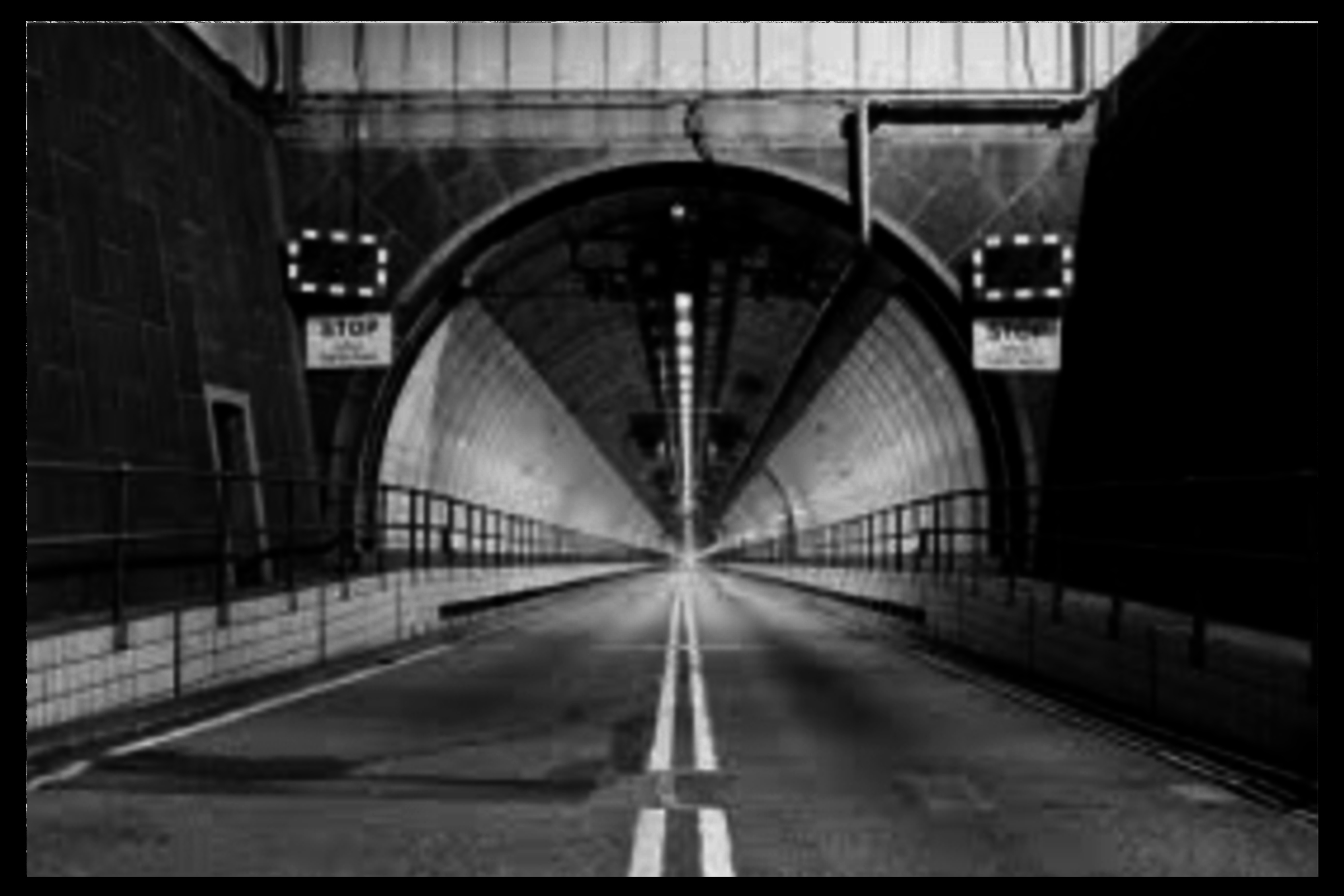Looking back through some old newspapers in Dave’s personal collection, a headline grabbed our attention. Nothing, it seems, changes although the vastness of the volume of traffic has obviously increased over the years. That dreaded stretch of road was as bad back in 1965 as it is today!
Reporting in the Daily Sketch on Tuesday, April 20, 1965 John Hunt reports:
“Road deaths top 90 after another black day”
“200 MILES OF JAMS ON TREK HOME”
Given the era, a staggering 50K cars made their way towards London during what Hunt describes as the “worst holiday trek home of all time on Britain’s roads”. He goes on to report that the Easter weekend death toll tops the previous year by twenty-three at the time of print. Totalling 8M vehicles on a road network, which was much less in terms of both quality and space, Hunt claims everyone appeared to return home simultaneously and clearly states that Yorkshire, Lancashire, Wales and Scotland were at a standstill before going on to give Kent and London special attention.
Notorious, even back then the Dartford Tunnel gets a mention. The stretch of road known as the A2 in Kent couldn’t cope and as a result the Northbound lanes of the tunnel were closed to allow the congestion of the Southbound traffic a little relief. Thankfully these days we also have the Queen Elizabeth II Bridge which takes all Southbound traffic. Even so, the stretch of road remains notorious for congestion. London, its reported by Hunt, was just as congested with five mile tail backs on the Great North Road.
One of the four tunnels at the Dartford Crossing

Tom Fraser, Transport Minister called for a ‘How could it happen’ inquiry but it was Dr R J Smeed of the Road Research Labortory who stated that deaths could be reduced by half on our roads if all motor cyclists wore crash helmets; if all motorists wore seatbelts; if roads were properly surfaced, designed and lit; if there were more traffic police; and if more speed limits were in place. He suggested that “if society is willing to make some sacrifices, accidents could be drastically reduced”.
Consequently, seatbelts were installed by car manufacturers in the same year, but startlingly it took the UK until 1991for the law to be changed and for it to became compulsory for us to wear them. Classic cars manufactured predating 1965 are exempt, by law, from having seatbelts fitted and thus those driving or being a passenger within them do not therefore have a legal obligation to wear a seatbelt in such a vehicle.
Again, there was substantial delays before the wearing of crash helmets became law and it wasn’t until 1973 that the law was changed in the UK making it offence to ride a motorbike without one. This also applies to quad bikes on our roads. Helmets must meet with British standards and carry the BSI kitemark. Again, there is an exception within our law—a sikh who routinely wears a turban as an expression of their religious beliefs cannot be charged for motoring offences for failing to wear a helmet while riding their motor bike.
Presently there is no law stating that bicycle riders should wear protective head gear although it does state in the highway code they are recommended while riding on our roads and currently the law states that children (but not adults) should wear safety crash helmets while riding horses or ponies on the road. Again the helmets worn by horse riders carry BSI kitemarks.
Be safe out there!by Donna Siggers and David Last
